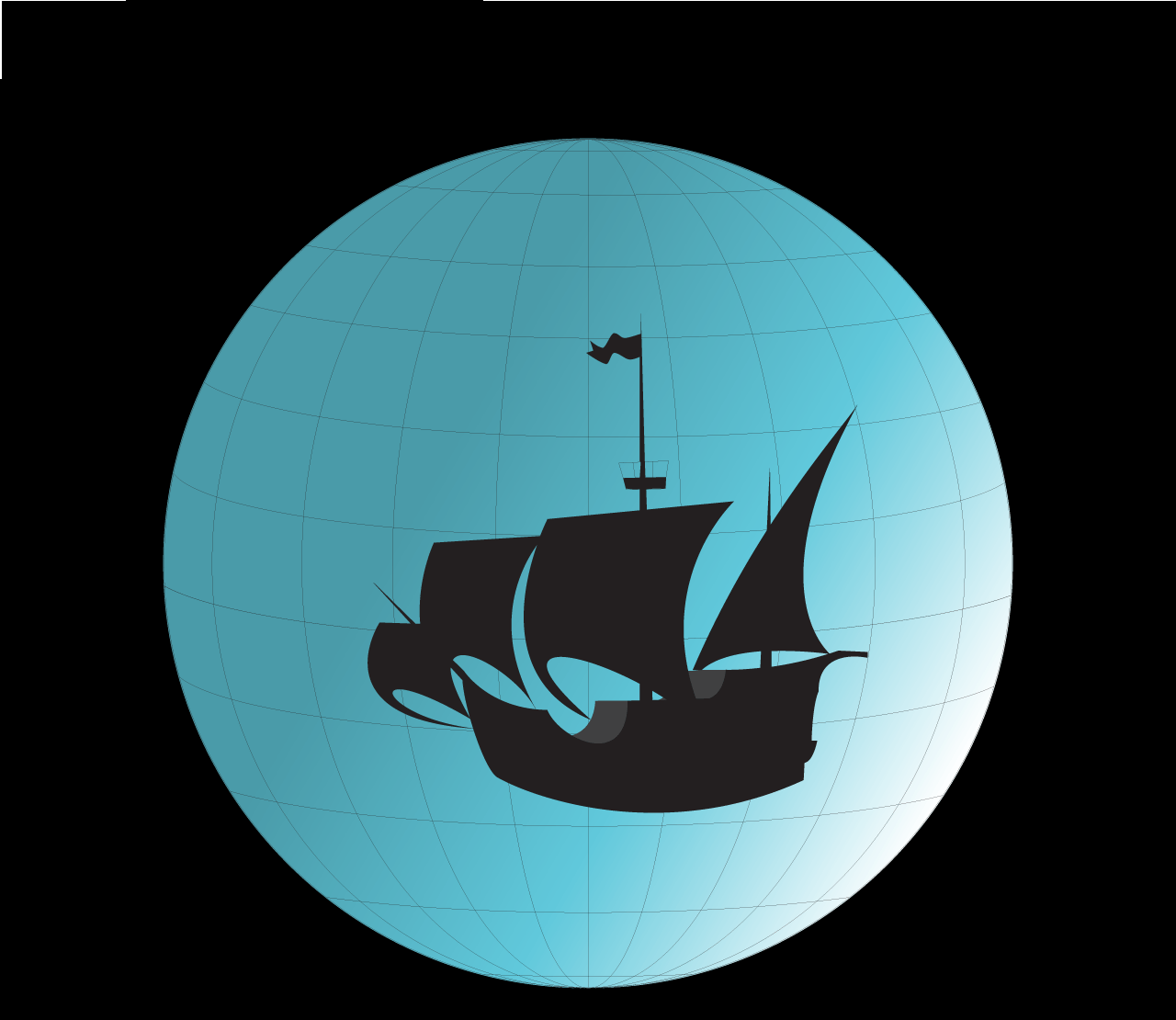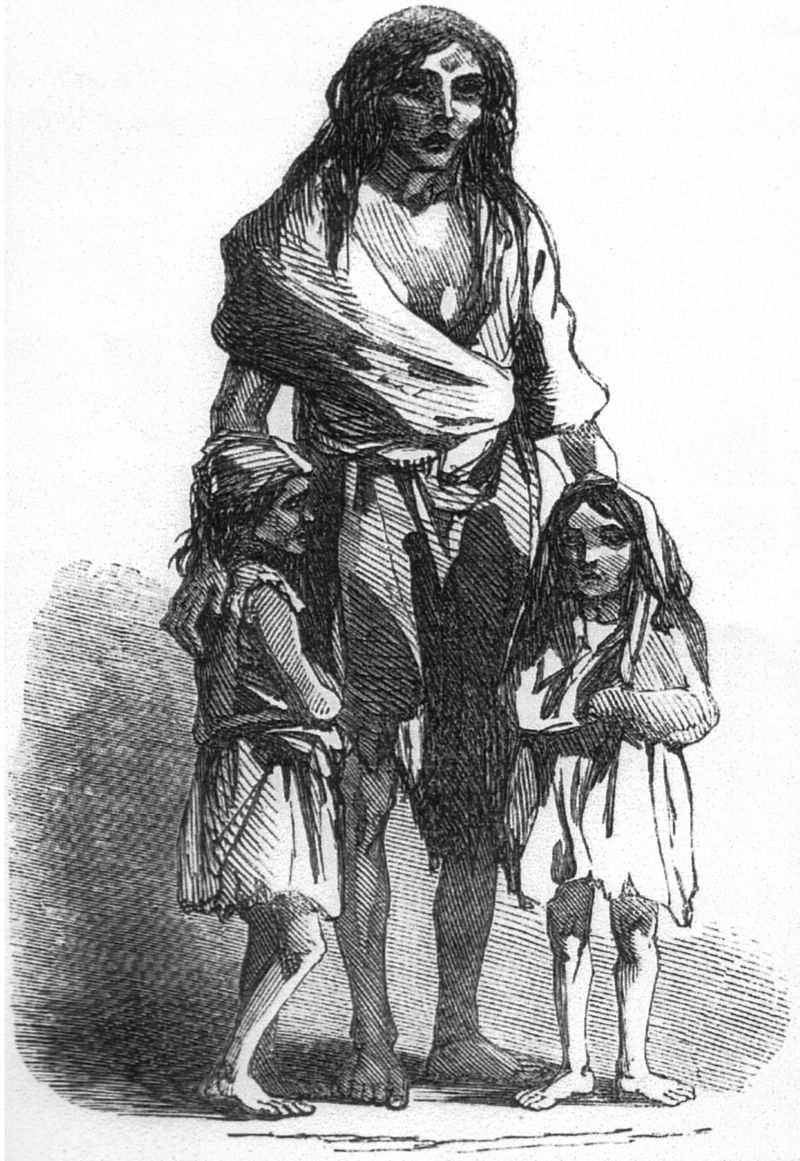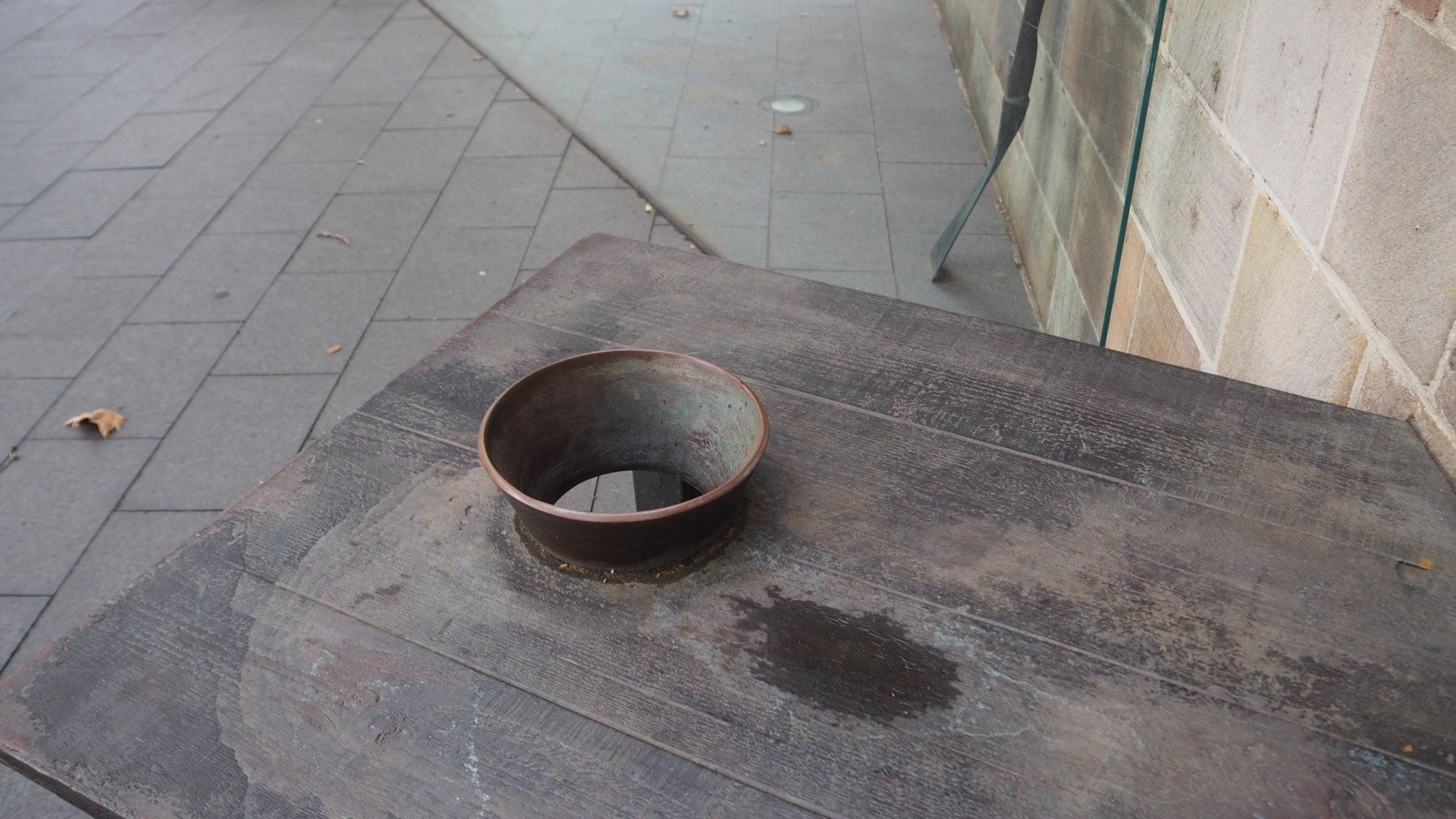The Great Famine
The Great Famine
Phytophthora infestans (potato blight) reached Ireland in September 1845. It is an airborne fungus. The best modern analysis says it originated in Mexico. By 1842, it was on the eastern seaboard of the US and probably travelled across the Atlantic in the holds of ships in 1845. Sometime in the summer of that year it wafted across the Irish sea and settled on the fields around Dublin.
The most iconic photo of the famine appeared in the Illustrated London News of 22 December 1849
Photo: Wiki Commons
The Irish Famine Memorial in Sydney
Photo: Jonathan Fairall
Millions of spores drifted onto the leaves of healthy potato plants. From their initial point of contact they were carried on the breeze to surrounding fields. Within a few days they had travelled hundreds of miles, infecting everything they touched.
It was a disaster. The fungus provoked the plant to ferment. The resulting slurry was inedible. Moreover, it caused a nauseating stench as perfectly good potatoes blackened and withered in front of bewildered farmers across the country. When they were dug out of the ground potatoes looked edible, but they shrivelled and rotted in days as the fungus attacked them.
Yet the thing that gives the Irish famine its truly gruesome aspect is that it was not caused by a lack of food. Ireland had plenty of food; plenty of wheat and oats and barley; plenty of meat animals. P. infestans infects only potatoes. One of the principal questions Earl Grey's Daughters asks is: why was a shortage of this one crop able to rip Irish society apart?
And it did. Hunger visited Ireland in the 1840s and it traumatised the nation. The evidence is in the population statistics. The census of 1841 recorded 6.528 million Irish. During the famine years there were over a million excess deaths and a further million people emigrated. The number of Irish men living in Ireland fell by 22.9 per cent. The number of Irish women fell by 20.8 per cent.
The Irish became a nation of expatriates. Those who could beg, borrow or steal cash used it to buy a passage out. They developed a pattern of chain migration. One member of a family would go ahead, and then send for another and then another as they became established. They became serial migrants for whom The Voyage was merely a rite of passage. Some estimates claim 75 million people around the world are of Irish heritage. But they are not Irish. They are American, or Canadian or Australian or South African. The loss of talent this represents is impossible to calculate. Some have risen to great heights. Several state premiers in far-off New South Wales had blood as Irish as leprechauns.



